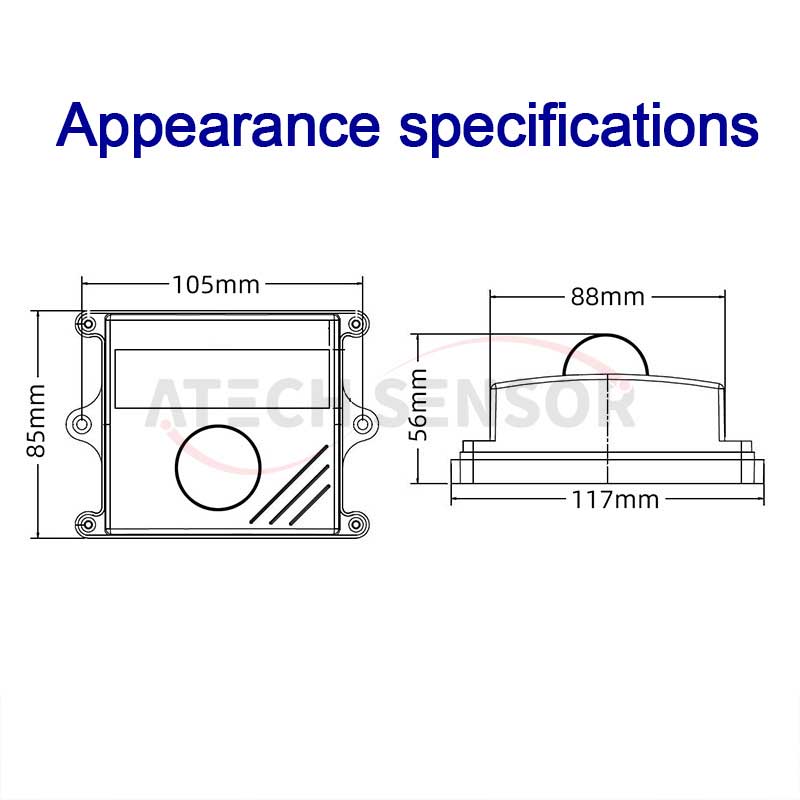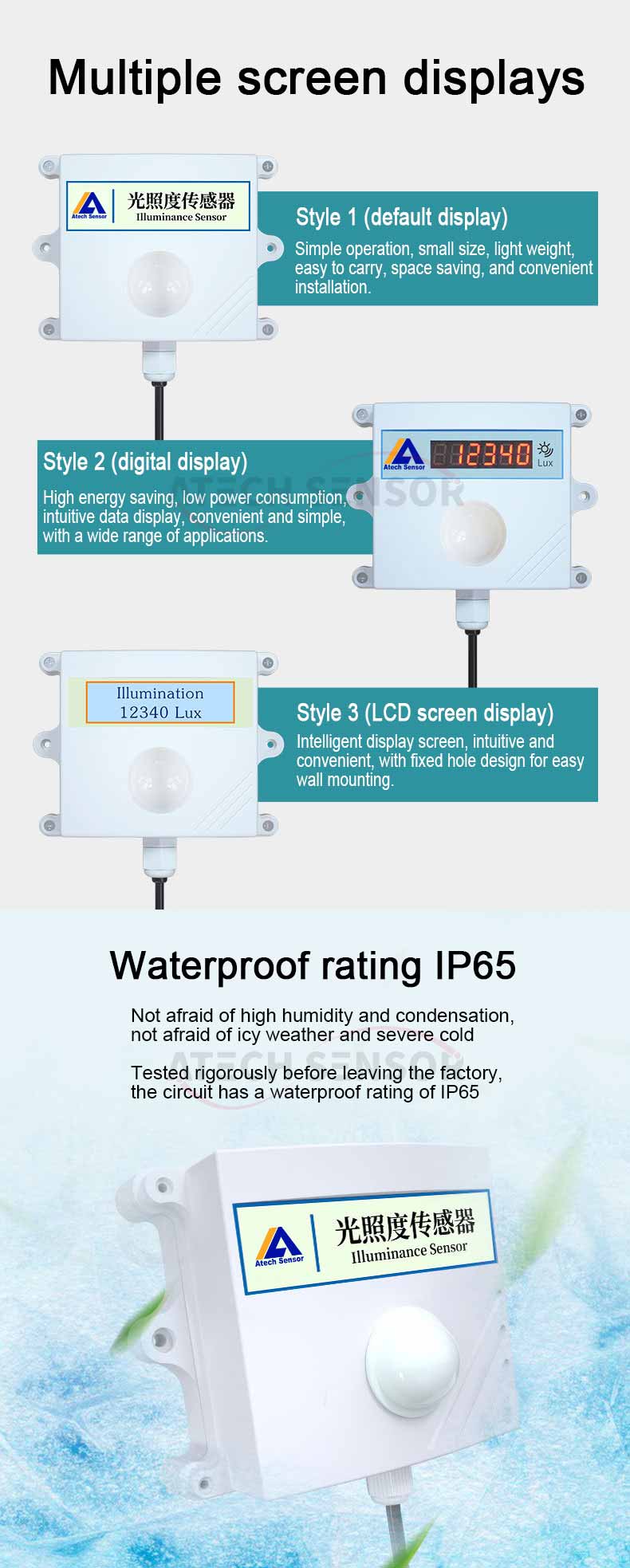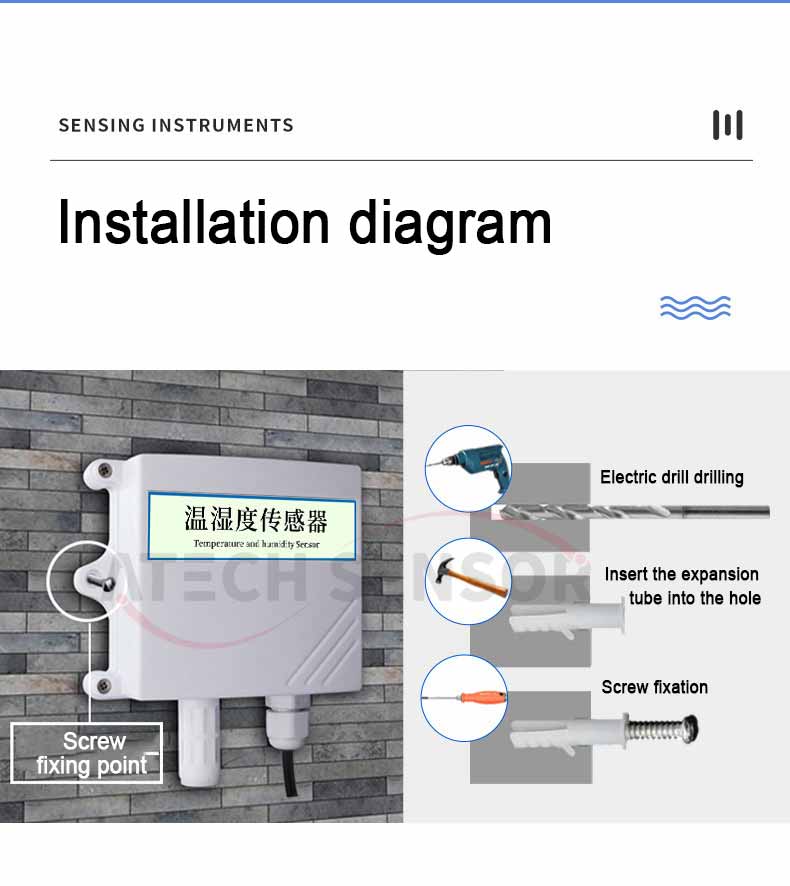Product Description:
Illuminance sensor is mainly used to detect the size of light. Illuminance sensor is the size of the light into an electrical signal of a sensor, the output value unit of measurement for Lux. light is indispensable for photosynthesis; under certain conditions, when the light intensity is enhanced, the intensity of photosynthesis will also be enhanced, but when the light intensity is more than the limit, the stomata of the plant leaf surface will be closed, and the intensity of photosynthesis will be reduced. Therefore, the use of light level sensors to control the light level also becomes an important factor that affects the crop yield.

Applications:
Mainly used in agricultural greenhouses, greenhouses, agricultural fields, city lighting, warehouses, industrial workshops and other environments.

Technical parameters:
Light-sensitive element: light-sensitive element with high response to low light
DC power supply: 10-30VDC;
Accuracy: ±7% (25℃)
Humidity characteristics: ±3%RH(60%RH,25℃);
Temperature characteristics: ±0.5%/°C (25°C);
Measuring range: 0~200000Lux
Output signal: 4~20mA current output; 0~5V/0~10V voltage output

Use of standards:
Illuminance, can be referred to as illuminance, the name of the unit of measurement for the “lux”, or “le”, the unit symbol for “Lux”.
1Lux is the luminosity of 1 candle at a distance of 1 meter.
Indoor lighting at night: 100-200 Lux
Indoor light on a sunny day: 1000-5000 Lux
Outdoor midday in the north: 60000-120,000Lux
Outdoor noon in the south: 80,000-200,000 Lux
Bright moonlight at night: 0.3-0.03 Lux;
No moonlight at night: 0.003~0.0007 Lux;
Features:
High precision: The illuminance sensor can provide high-precision light intensity measurement and control to meet the requirements of different application scenarios.
Good stability: The illuminance sensor has good stability and repeatability, can work continuously under different lighting conditions, and can maintain high accuracy.
Strong adaptability: The illuminance sensor can adapt to the measurement and control requirements under different lighting conditions and can be widely used in many fields such as automatic control, environmental monitoring, lighting design, etc.
Fast response speed: The response speed of the illuminance sensor can reach the microsecond level, which can quickly respond to changes in light intensity and achieve efficient light control and measurement.

Installation method:


